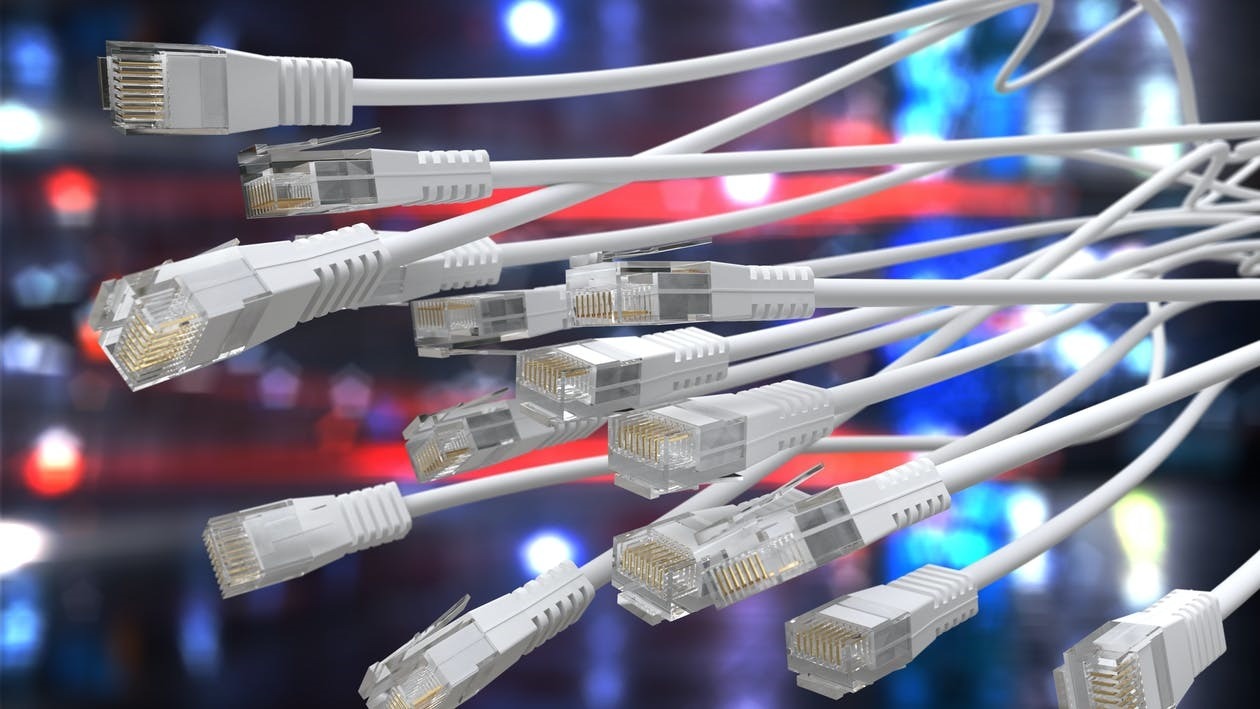The introduction of fiber and satellite internet connection completely changed the game for other types of internet connection and those will be explored in this guide.
Fiber Internet
It is a broadband internet connection having speeds of up to 940 Mbps or more, with low lagging time. The fiber-optic internet technology uses fiber-optic cables, that can send data as fast as the speed of light. Moreover, fiber-optic cables are rarely affected by weather conditions as compared to other types of internet connection. It can also resist electrical interference, providing durable functionality.
The materials used in fiber-optic cables called optical fibers are the size of a diameter of a strand of human hair, hence, when bundled into a fiber-optic cable, they can transmit data over longer distances at much faster speeds than other traditional cables. Xfinity Internet packages, provided by one of the largest telecommunication brands in the US, also contain some fiber-optic internet plans that promise more reliability and durability than other internet connections.
Satellite Internet
The satellite internet connection refers to wireless internet being beamed down from satellites that are orbiting the Earth. This makes its functionality to be a lot different from the land-based internet services like cable, DSL, or fiber-optic internet connection. The satellite internet connection is the only internet service that is available to the US nationwide, making it easier for rural homes and businesses to access the internet.
The satellite internet connection can be taken anywhere in the country, making it a location-independent service. Ideally, satellite internet connection is the best option for areas where the quality of the internet is unavailable or hard to come by.
Which is Faster?
In the not-so-distant past, people in remote locations couldn’t have an internet connection, and satellite internet connection was able to change that. The same could be said about fiber-optic internet connections; traditional internet connections weren’t able to provide a faster and more reliable internet connection. But the future is full of many possibilities and fiber-optic and satellite connections have managed to prove it.
If you consider comparing both these types of internet connections, there are three important factors to look over:
- Coverage Areas. Due to its extreme capabilities, the fiber-optic internet connection calls for the terrestrial infrastructure of fiber-optic cables. This means that there has to be a stable point for transmission and reception. There might not be a direct connection of fiber until home, and the last mile might be covered by a microwave transmission link. Satellite internet connection has a mobility factor making it ideal for operations like shipping lines, or applications whose end-use point of the system is mobile regularly or occasionally.
- Although the materials of fiber-optic cables are durable and reliable for faster internet connection, there is still a possibility that these cables can be damaged due to their terrestrial nature. They can be accidentally cut down or damaged by any natural disaster such as flood, earthquake, etc. That isn’t the case with satellite connections, since multiple satellites are covering most of the world, leading to the creation of built-in options for rerouting traffic for continual service, when there is a failure in one satellite connection.
- There is no question that a fiber-optic internet connection has the fastest data transmission speeds in the world, which is up to 10 Gbps (1 Gbps = 1000 Mbps). This speed is 200 times faster than traditional broadband connection, and even satellite internet connection.
Future of the Internet
Based on the above information, the fiber-optic internet connection is here to stay. The underground conduits running across continents or under the ocean contain fiber-optic materials, as well as the data center over every country in the world. All the underground pipes or overhead wires, that are connecting the majority of distribution points are also fiber-optic and aren’t going to be replaced any time soon. The fiber-optic internet has gained favor and approval of many internet users and as a result, internet service providers are determined to keep up with these demands.
The same could be said about satellite internet since it is also keeping up with the required demands of providing internet access in rural and remote areas, where cables and wires are unable to reach.
However, both the types of internet connection are in no competition to each other, since they are both extremely useful in their own way. However, if anyone had to choose between fiber-optic or satellite internet connection, they would go for the former due to its many useful features. Satellite internet will always be useful to internet users in remote areas since they don’t have many options.
Suffice to say, both types of internet connection are definitely the future of the internet, though, fiber-optic more so than the satellite internet connection.
